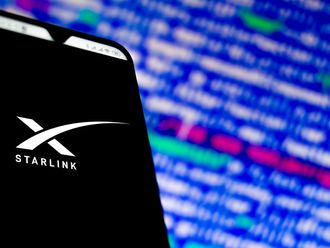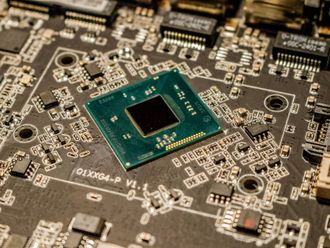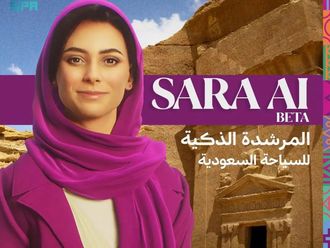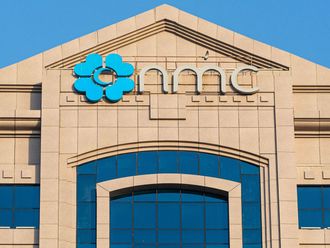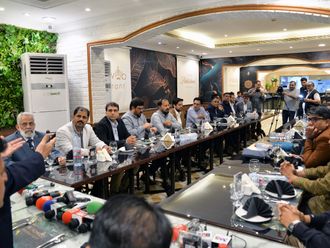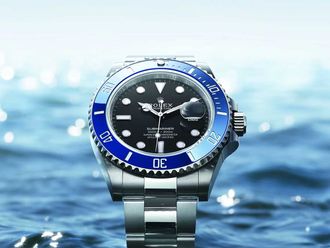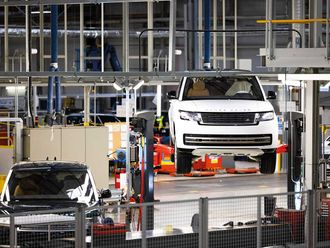Dubai: The 5.5 per cent growth expected to be achieved by Ras Al Khaimah this year has prompted Standard & Poor's to assign it a A/A-1 ratinge.
Standard & Poor's Ratings Services yesterday affirmed its long- and short-term ‘A/A-1' foreign and local currency sovereign credit ratings for the emirate.
"The outlook is stable. The transfer and convertibility assessment on RAK is ‘AA+'," S&P said in a statement. "We believe that membership of the UAE benefits RAK's economic and political stability, and that the UAE would provide external support in situations of political, economic, or financial stress."
The ratings are further underpinned by the relatively strong wealth of RAK citizens, with GDP per capita put at $20,580 (Dh75,594) this year, slightly above the median for ‘A' rated sovereigns.
"The affirmation reflects RAK's membership of the UAE, which in our view provides an anchor and potential support for political and economic stability," said Standard & Poor's credit analyst Kai Stukenbrock. "It also reflects sustained government surpluses, which are strengthening RAK's slight net creditor position."
A top official said the rating reflects the government's prudent policy of economic diversification.
Dr Khater Massaad, Chief Executive of the Ras Al Khaimah Investment Authority, told Gulf News, "The rating reflects stable outlook and a strong investment climate. We do not have many liabilities and most projects announced by the government are going as per plans."
Major capital costs
The federal government, funded mostly by Abu Dhabi and to a lesser extent by Dubai, meets most of the current expenditure costs of the seven emirates that make up the UAE. These include health care, education, energy provision, interior ministry outlays, and defence. Major capital costs — such as the development of schools, hospitals, trunk roads, and the provision of adequate energy generation and distribution — are also borne at the federal level, it said.
Individual emirates, including RAK, have limited fiscal obligations — primarily related to local infrastructure and services and capital spending to develop emirate-level projects — and consequently substantial fiscal flexibility. The financial capacity of the UAE and the larger emirates, in particular Abu Dhabi, provide ample means to cover RAK's modest liabilities, with RAK's total debt estimated at about 30 per cent of GDP at the end of 2009.
Dr Massaad said the government will press ahead with the ongoing projects. "I do not see any immediate challenges in terms of financing the ongoing projects," he said.
Echoing this, S&P said, "Nevertheless, we believe that RAK appears unlikely to require such support given the expected consolidated government surplus of 5.5 per cent of GDP in 2010 and a slight net creditor position after taking into account government assets. The predominance of RAK's equity stakes in local companies, however, raises uncertainties over the valuation and liquidity of the portfolio in the event of domestic stress."
Stukenbrock said, "The stable outlook reflects our view that the risks posed by geopolitical issues and RAK's exposure to the economic fortunes of the larger emirates and the broader region are balanced by our expectation of the near certainty of continued ongoing support from the UAE and the strong likelihood of extraordinary support from the federation, backed by Abu Dhabi."


